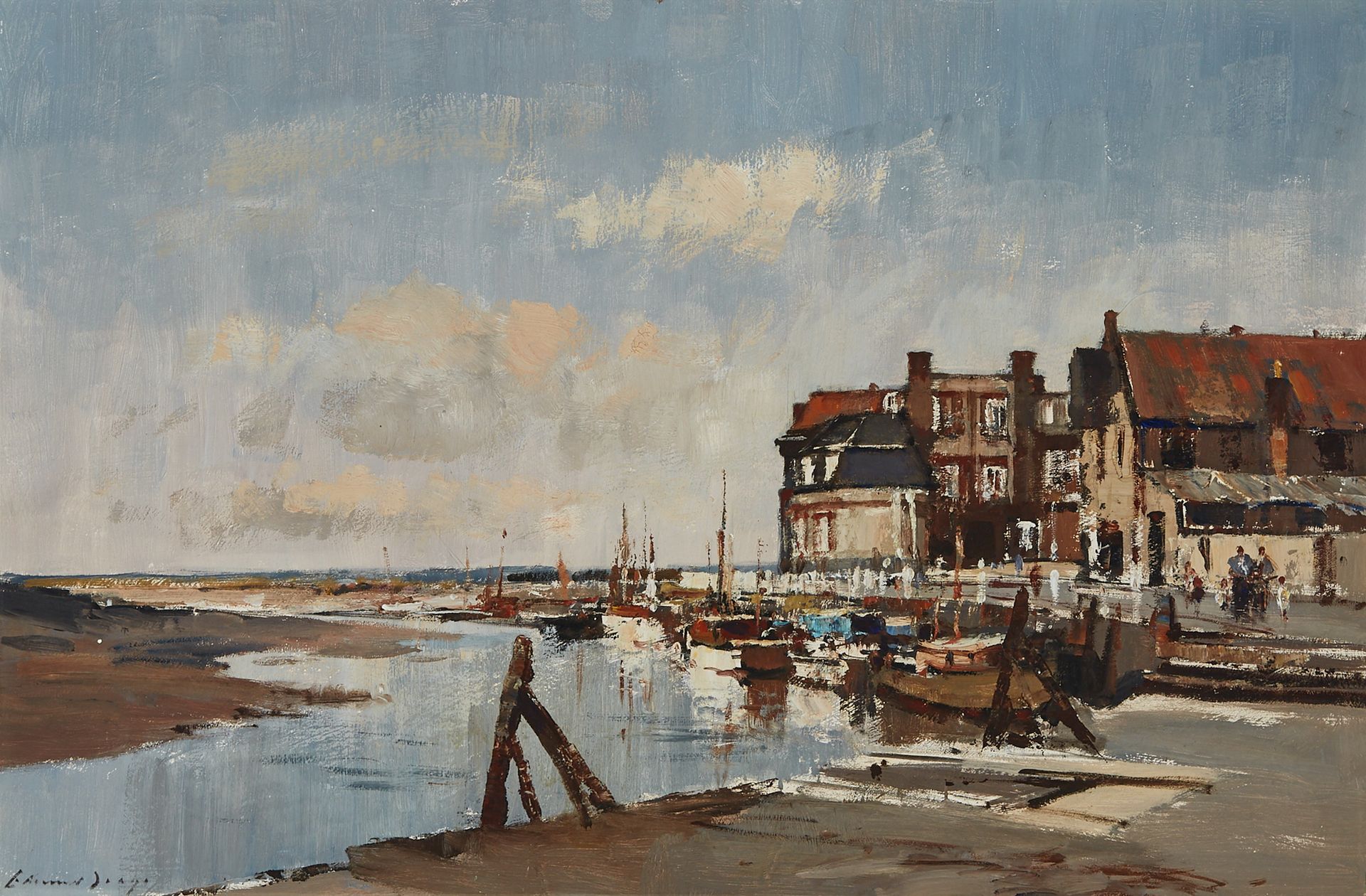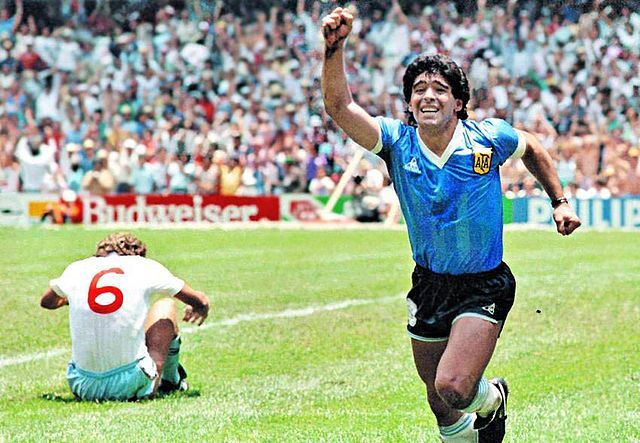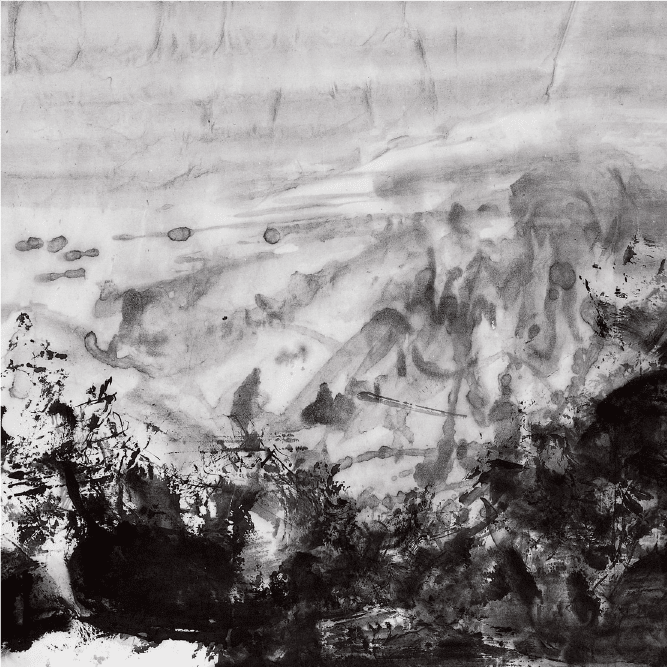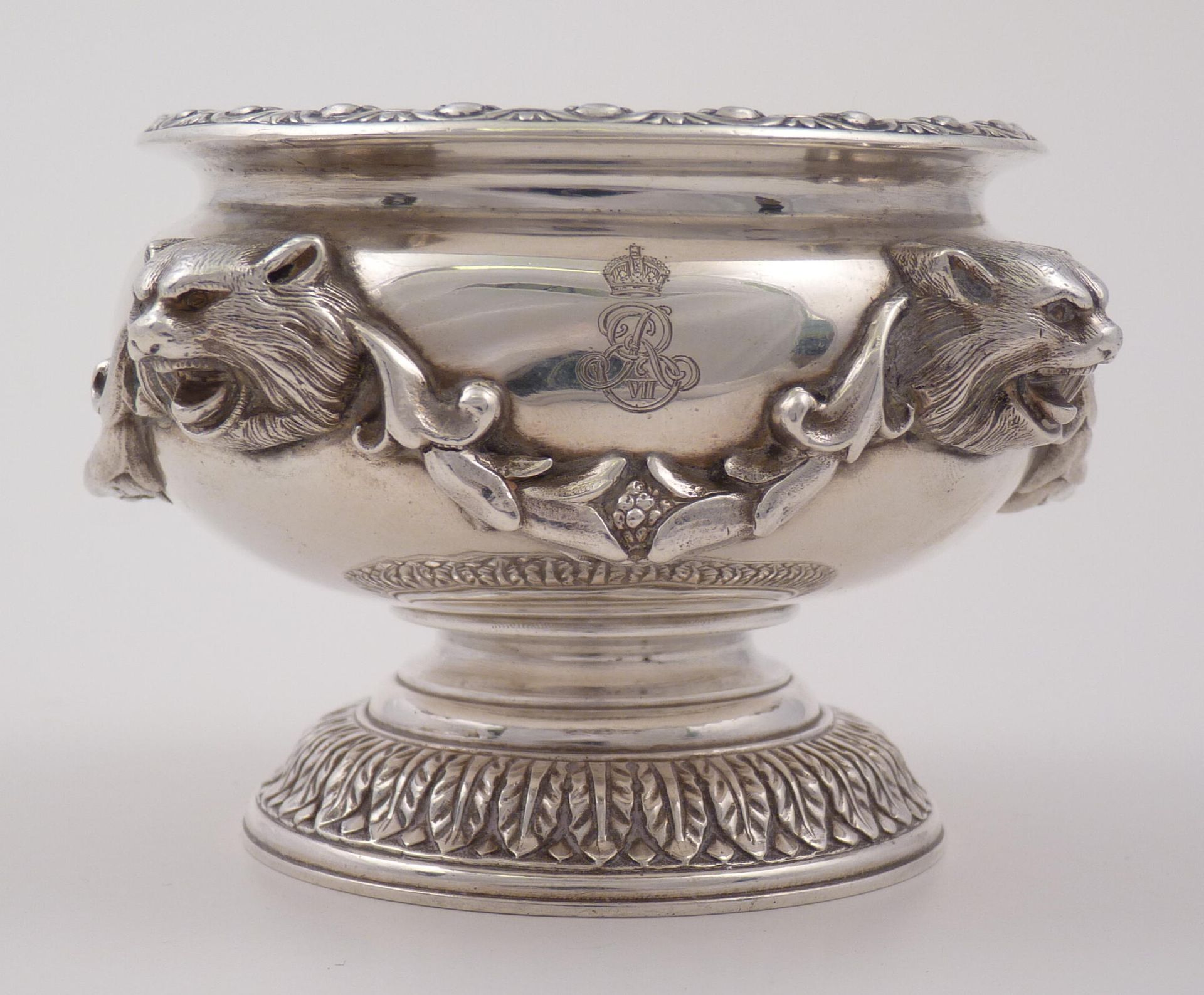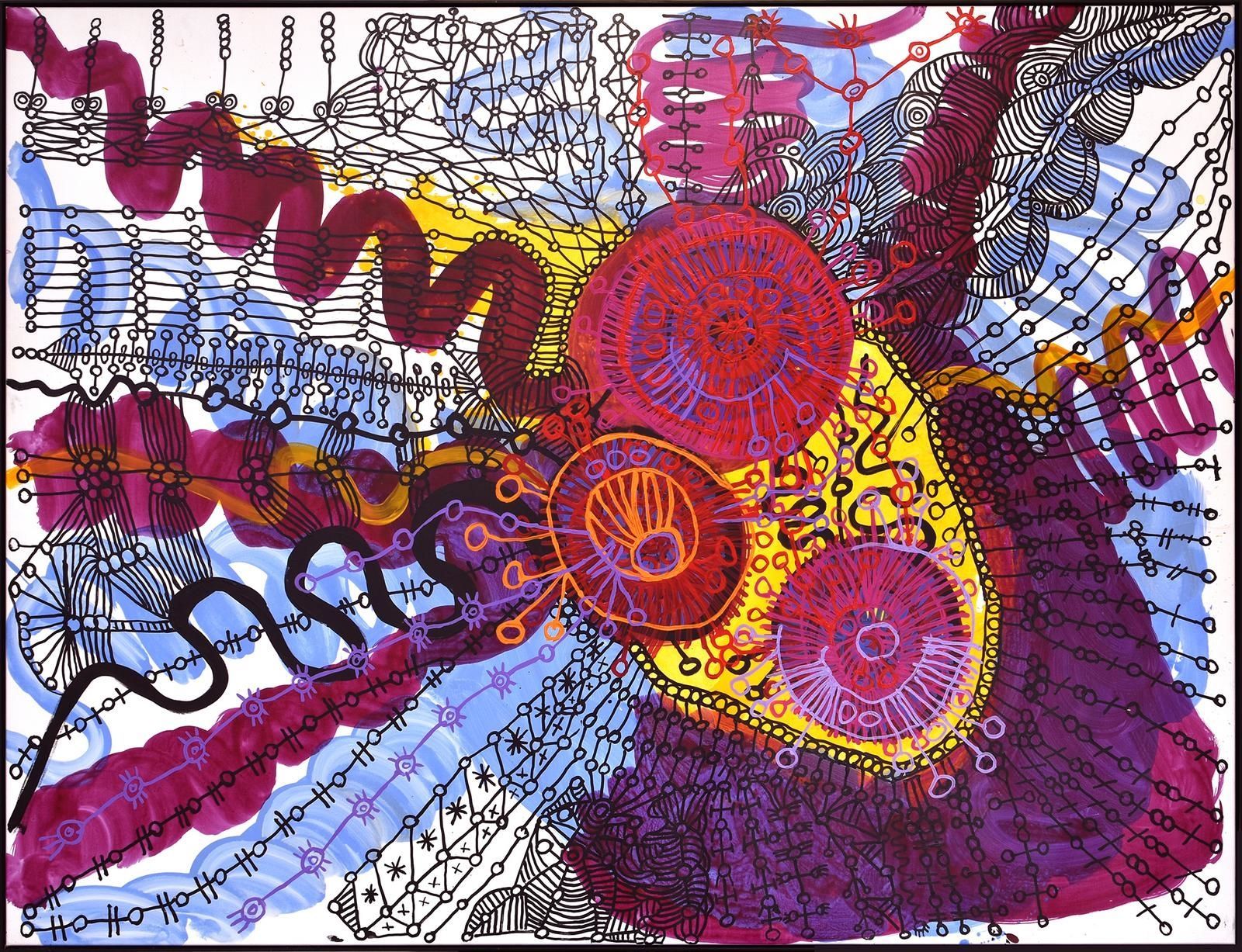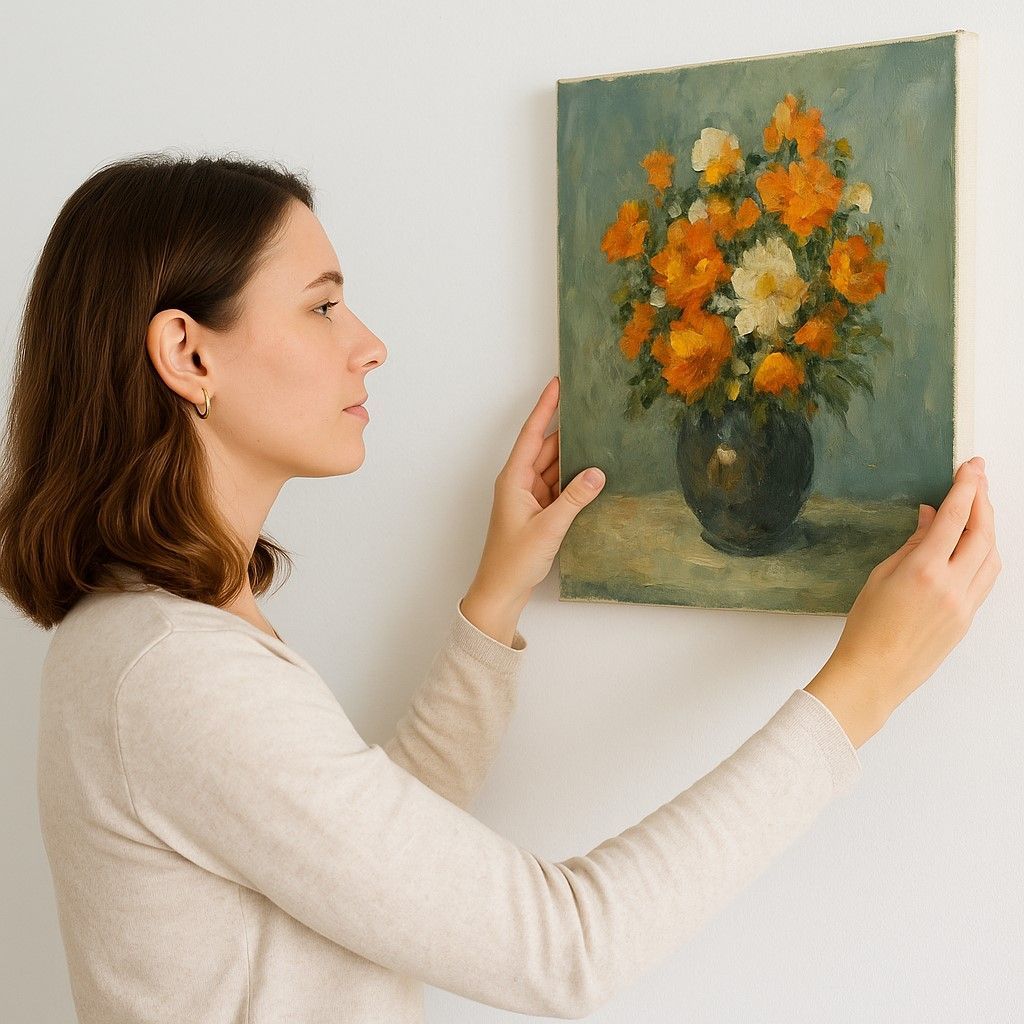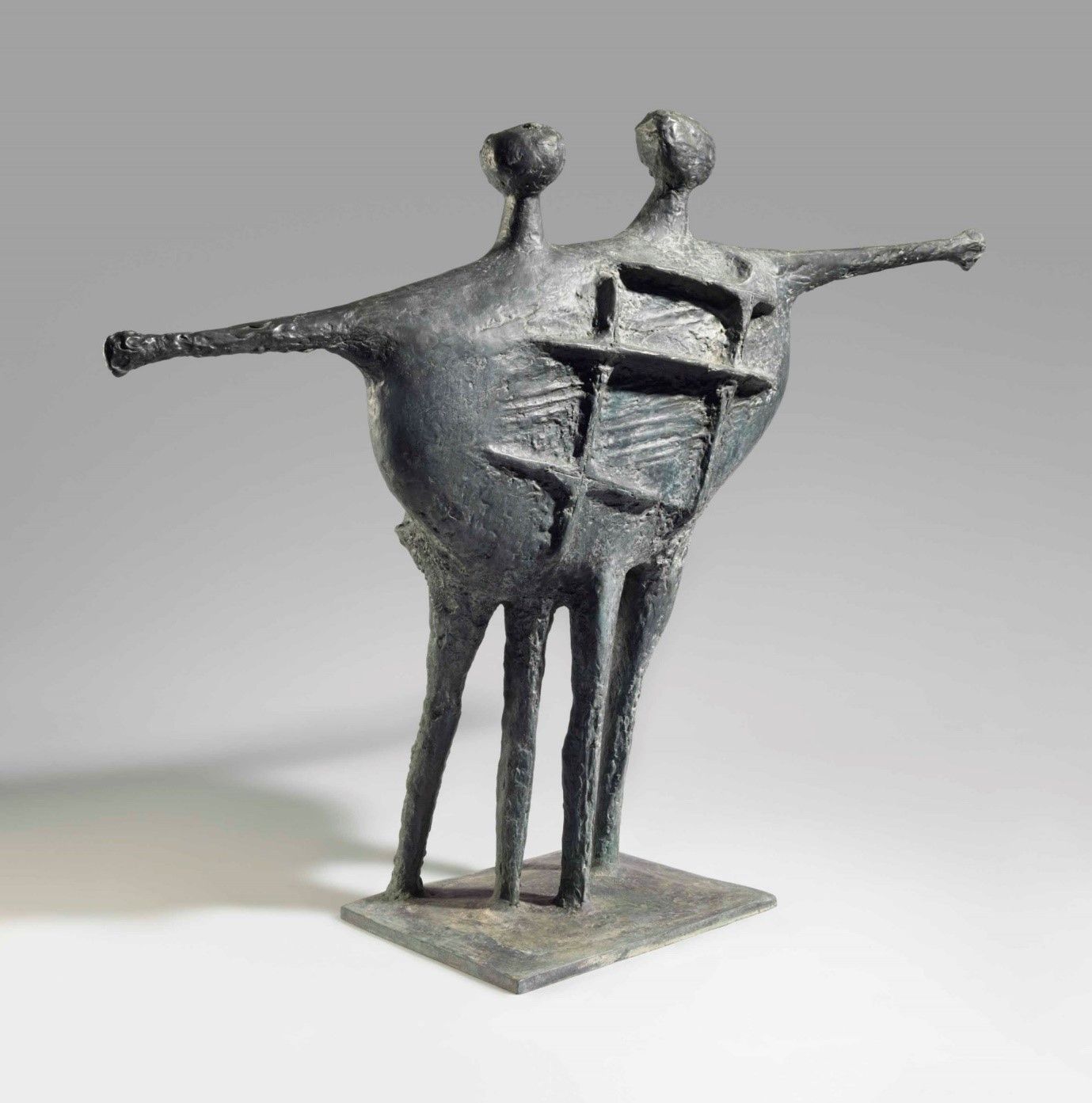Share post
Please read our newest article by Mark Smith below.
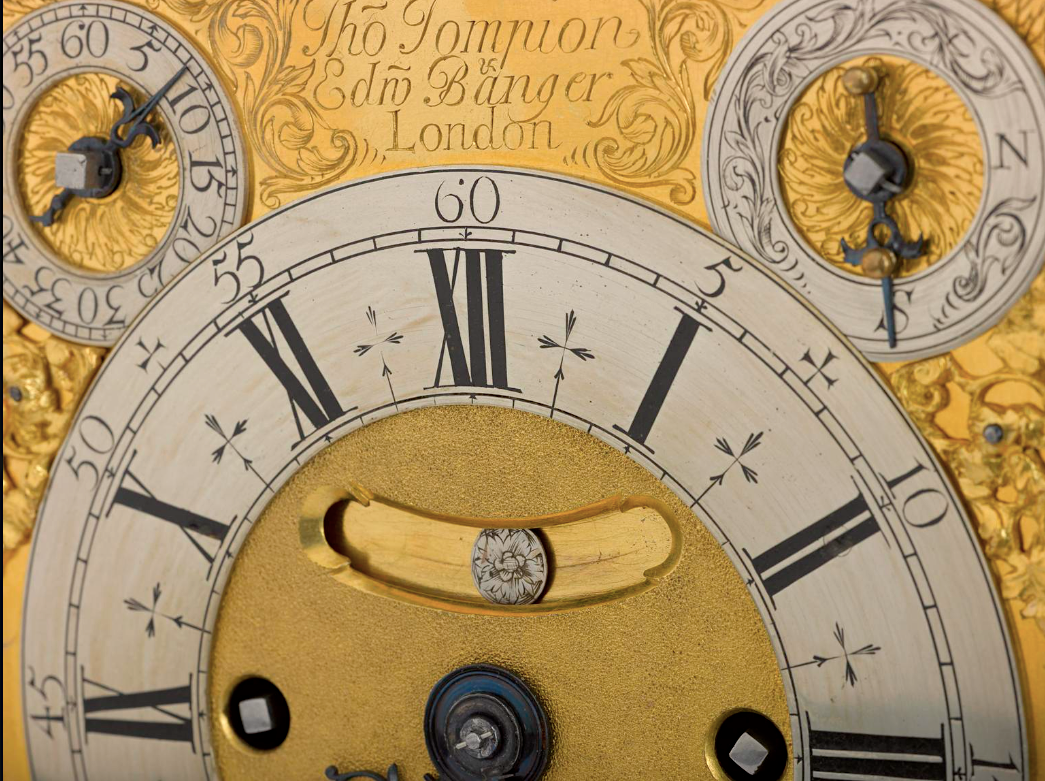
Quastel Associates are frequently required to value antique clocks within our clients’ homes. Below is an overview of some of the more important makers and the factors that determine and influence value.
In the heyday of English clockmaking, from the 17th through the 19th centuries, makers produced longcase and bracket clocks that set international standards of quality. Later, both English and French makers contributed to the development of carriage clocks, compact and portable timepieces that became highly desirable.
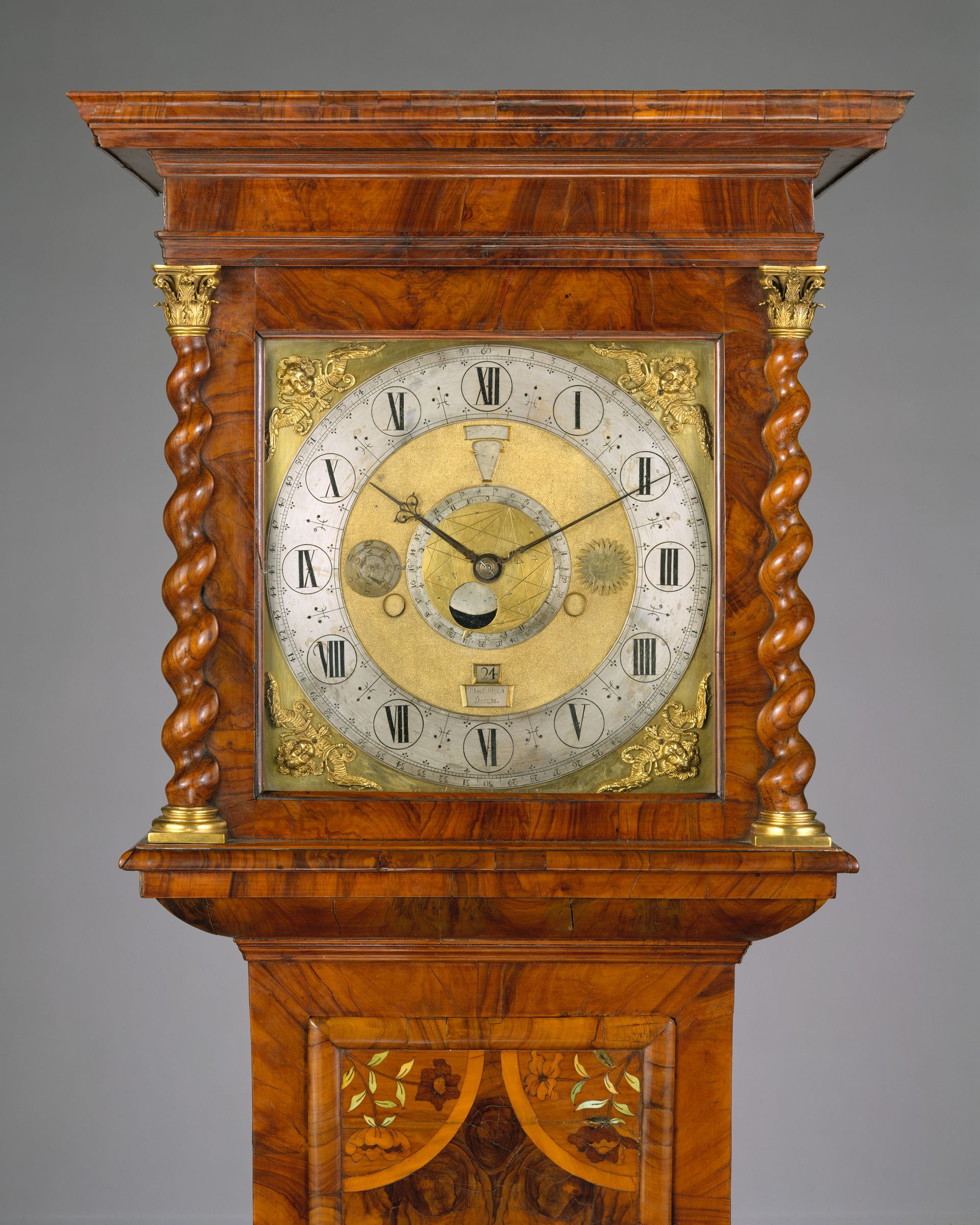
The longcase clock, or grandfather clock, is perhaps the most iconic English contribution to horology. Developed in the late 1600s after the introduction of the pendulum, these tall clocks were often housed in richly veneered walnut or mahogany cases. Value depends on a number of factors including maker, quality, condition size and movement. Replaced dials, altered movements, or refinished cases, however, can reduce values substantially.
Makers such as Thomas Tompion and Joseph Knibb elevated the longcase to a masterpiece of design and precision. Tompion’s longcases can command £200,000–£350,000, with rare examples in pristine condition being considerably higher. Those by Knibb often range from £80,000–£200,000 again originality being a major factor in value. Provincial or country longcases, whilst still admired, tend to be less ornate and generally cost under £5,000, depending on originality and style.
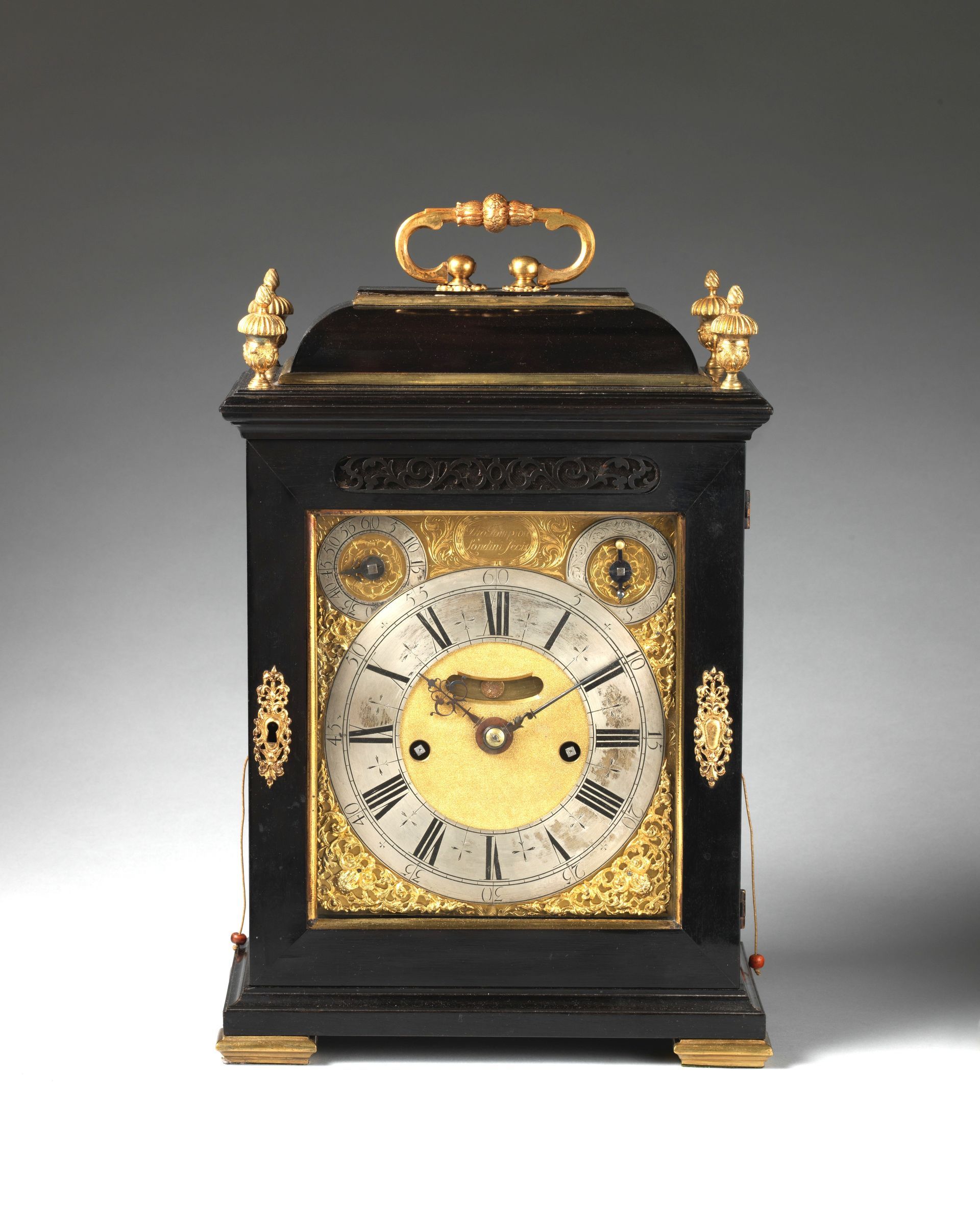
The bracket clock, smaller and spring-driven, became another hallmark of English craftsmanship. These were decorative as well as functional, designed for display on tables or mantels and their current appeal is that they can be displayed in both a traditional or modern setting. Daniel Quare’s repeat striking bracket clocks, allowing users to tell the time by sound in the dark are highly desirable, as are those by Joseph Windmills and George Graham regarded as two of the finest clockmakers of the 17th and 18th Century. Values can vary dramatically but highly prized examples by the these makers can range between £30,000-£80,000.
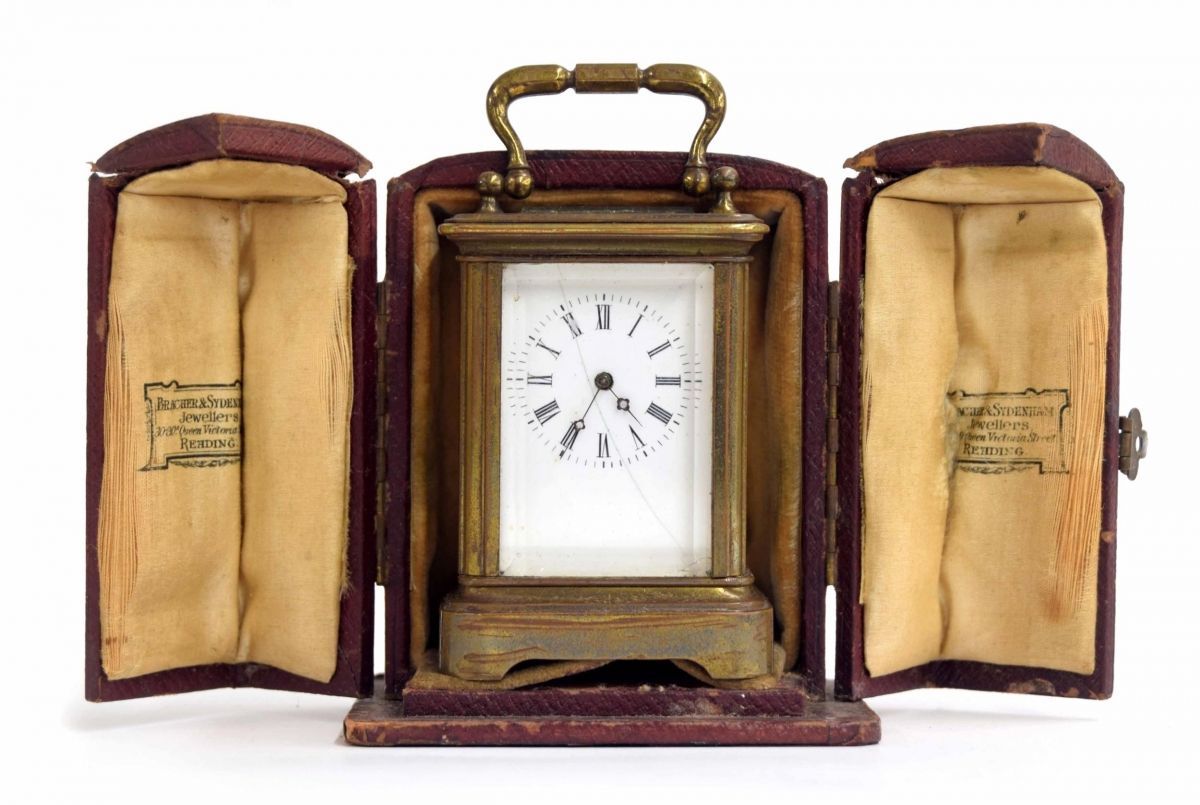
The carriage clock brought portability into the world of fine horology. Though English makers produced notable examples, it was the French clockmakers who perfected the form in the 19th century. Parisian houses such as Breguet, Drocourt, and Le Roy set the standard with beautifully gilded cases, enamel dials, and complex striking or repeating mechanisms. Carriage clocks vary widely in value: ordinary examples might cost £1,500–£2,500, while fine pieces with complications or signatures by leading makers can cost £20,000 or more. Rare Breguet carriage clocks, especially with original cases and documentation, may exceed £50,000.
In all cases when our valuers are appraising clocks, maker and condition are the determining factors in value. Collectors look for originality: untouched dials, authentic movements, and cases with natural patina. Sympathetic conservation that preserves character is appreciated, but invasive restoration, replaced parts, or refinished cases can halve a clock’s worth. Provenance also plays a role, with documented ownership adding significantly to desirability.
For collectors today, their appeal lies not only in artistry and rarity but in the simple fact that condition preserves authenticity—and with it, true value.


